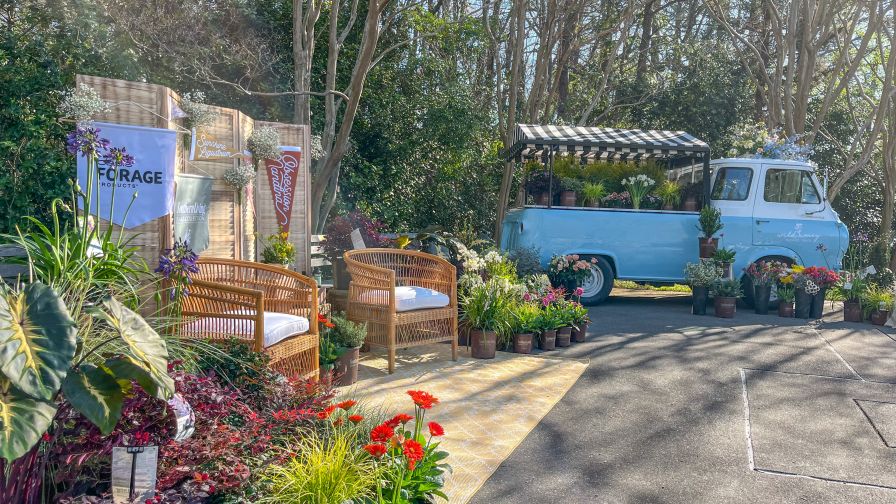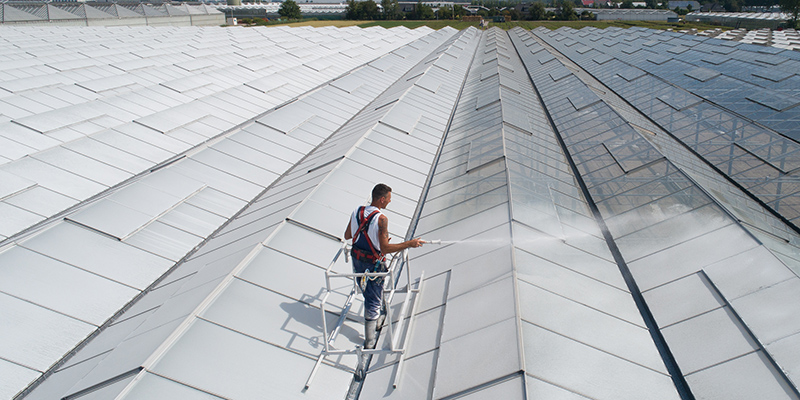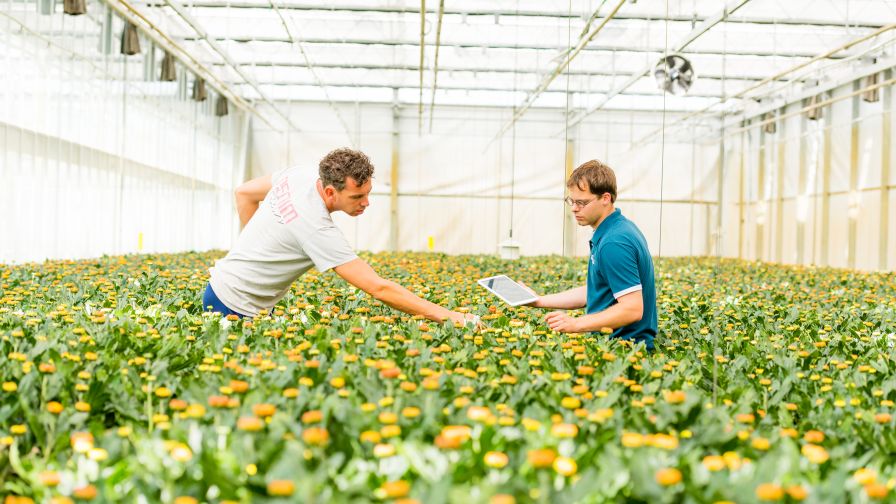Cannabis and Bacon: Smithfield Closure Foreboding for Growers (OPINION)
I never really thought I’d find myself weaving cannabis and bacon, two of my personal favorite topics, into a column about legal cannabis growers, but here goes nothing.
For many, the unfortunate situation at a South Dakota Smithfield pork processing plant this past week demanded a sit-up-and-take-notice moment of deep introspective reflection: what exactly would a world bereft of bacon look like, and is that a world that I even want to live in?
All bacon jokes aside, once able to get through those initial moments of soul searching and pondering what a bleak, dystopian bacon-less future would look like, many legal cannabis growers naturally went straight to “what if that happened to us?”
“Cannabis is very fearful of something like what you saw with Smithfield happening in the greenhouse,” says Michael Kiehn, Vice President with Enterprise Resource Planning (ERP) firm 365 Cannabis. “We haven’t witnessed yet what will happen if a greenhouse operation goes through an infection outbreak. Can you kill everything off and start over? Or can you trace an infected employee’s movements and know exactly what rooms they were in, and only throw away those plants?” (EDITOR’s NOTE: According to the U.S. Food & Drug Administration (FDA), there is no evidence of food or food packaging being associated with the transmission of COVID-19. Or, for that matter, cannabis.)
Not to mention, cannabis greenhouses are full of living, breathing organisms, and it’s unfortunately not as simple as throwing everything away, ordering new seeds, and just starting over tomorrow. There is no “easy button” in legal cannabis. Yet.
Track Employees, Socially Distance Crews
Kiehn’s company offers software to help growers manage every aspect of the business side of running a legal cannabis greenhouse, and although he is naturally hoping to sell more grower subscriptions to his ERP system in the aftermath of the COVID-19 situation, he’s also advising growers that it is extremely crucial they start tracking employee movements today.
“Our best advice (for growers) is to start tracking people today, however you have to do it, even if it’s just on paper,” he says. “Document what shifts they work, what rooms have they been in today, who have they had contact with on the crew, and what plants have they been near or touched.”
One way growers are managing the social distancing requirements while maintaining productivity at relatively comparable levels to pre-coronavirus is to start staggering or outright banning overlapping shifts, thus making sure workers from different shift crews do not have contact with each other in the facility. This is important in case there were an outbreak in the greenhouse, it can be contained to a single crew versus spreading throughout the entire workforce.
Another potentially operation-saving piece of advice from Kiehn is to start severely restricting or limiting the number of workers allowed in the Mother Room, which is the area of the greenhouse the operation’s most stable genetic phenotypes are stored in a perpetual vegetative state for cloning young plants from.
“If you had an outbreak in that room, and you had to scrap your entire mother room and start over, that’s years of genetic development work, and all your proprietary strain crosses, right down the drain. Not to mention you’d be unable to supply the rest of your grow with young plants for cultivation,” he explains. “That would be absolutely catastrophic for most of these growers.”
Finding Positives
Although it’s often easier said than done to find the positives in a quarantined, coronavirus world, Kiehn thinks a slowing down of the industry for a month or so could be a good thing in some regards.
“You’ve now got these grow facilities where most of the people are working from home, some are shut down or even just running at a much lower capacity, and in cannabis the last three or four years have been nothing but explosive growth and scaling up,” he says. “This is a time where it almost feels like we’re at cruising altitude and we can kind of level out and stabilize things a little bit.”
Kiehn believes cannabis businesses will sort themselves into two groups during this time: those that shut down, lay off workers, and go into hibernation mode to ride out the difficult times, and those that make some really tough decisions and press onward amidst the uncertainty.
“Now’s the time to really take a step back and look at your business model and think about where you want to be in a couple years,” he says. “Do we want to put automation in place and make these investments into technologies like ERP systems and the like, that can make us more competitive in the future, because now we’ve got the time and the space to do some of these things we’ve put off the last couple years? The companies that think and operate like that, when all this picks back up, will be the ones that come out of this ahead of the competition.”










